
20 minute read
Polyvance

from The MSO Project - May 2022
by EndeavorBusinessMedia-VehicleRepairGroup

PLASTIC REPAIR YOU CAN COUNT ON
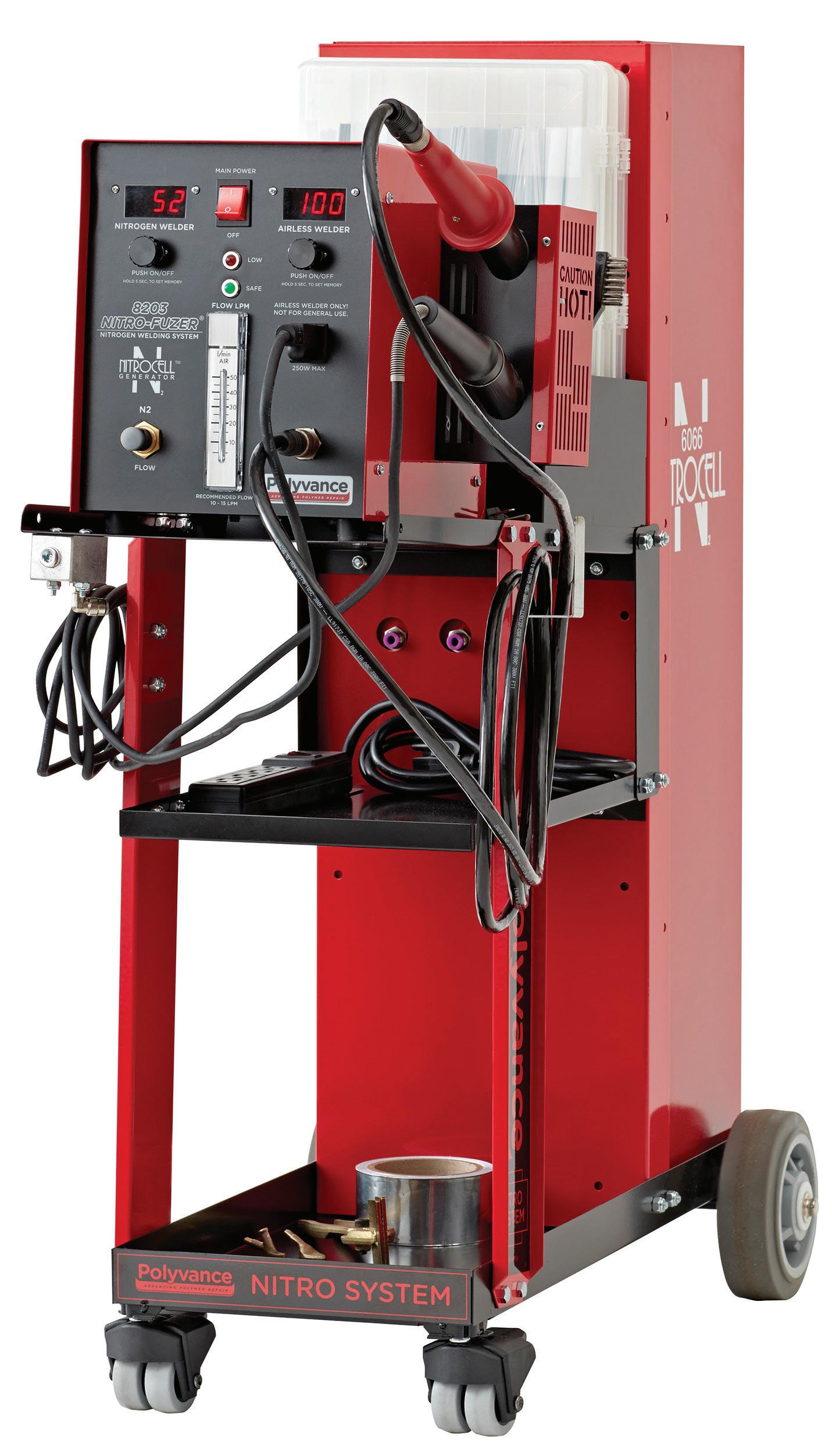
Trusted by a third of all collision repair shops in America, Polyvance equipment and training will help you repair more plastics, keep more labor hours in your shop, and improve your cycle time.

Polyvance has... The best plastic welders and welding rod in the world. • 15 plastic welder models • 99 types of welding rod

The best training on plastic repair in the world. • Five I-CAR® Industry
Training Alliance TM Courses • 116 instructional videos on
YouTube • The only plastic repair smartphone app


Change is the Constant
BALANCING THE CHALLENGES AND OPPORTUNITIES FOR INDUSTRY LEADERS
Business ownership is the art of replacing oneself, as the saying goes.
It appears as a paraphrase from Rick Bisio, who o ered his expertise as part of our story about the changing roles in MSO ownership (page 14). e transition can be a tough one, in particular for owners who started with a single, small operation and grew it into a large MSO. And like many parts of ownership, there’s a balance involved. You have to maintain the control and oversight as the leader of an organization. At the same time, you must trust your employees enough to start delegating duties that you used to have complete control over.
“At a certain point, you have to allow your managers to make day-to-day decisions and realize they will not always make the same ones you would and be OK with it,” Bisio says in the story.
However, MSO owners are great at spotting opportunities. Obviously, the challenges of delegating important duties have a counterweight: the fruits of growth. e real opportunity for owners who reach that large MSO stage is to carve out a pathway for their roles.
Only the owner knows what that pathway means for his or her business. What’s great about Bisio’s advice in this magazine is that his strategies are meant to help owners reach that place—to have the mindset of working toward a bigger, better operation.
I’d also like to highlight the work of this edition’s pro le subject, David Caul eld (page 8). Caul eld runs his innovative operation in California and has become involved in some very interesting technology ventures for the collision repair industry. He’s working to shore up the quality control aspect of the operation, quantifying something that can often be a subjective process.
Circling back to that idea of changing leadership roles, Caul eld found in his ownership journey that he could nd ways to impact the industry outside of his shop walls. rough his 45 years of collision repair industry work, you can bet it’s not his rst or last role adaptation.
If all the day-to-day tasks in your shop were taken care of, how would you adapt your role? I invite you to think about it as you read this edition of e MSO Project.

Steve Bauer
Editor, The MSO Project
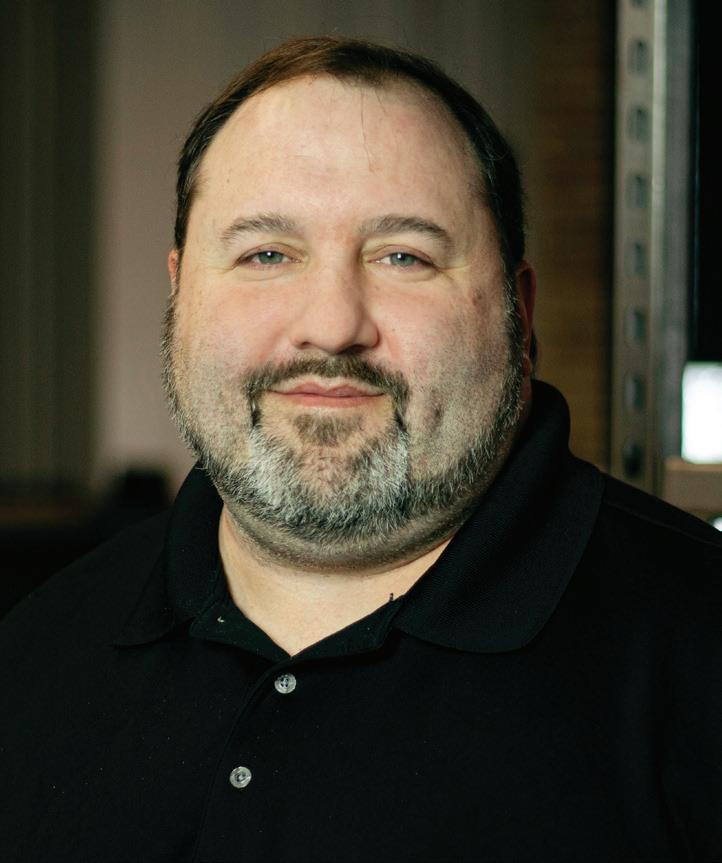
Take Extreme Ownership
HOW A NAVY SEAL ENCOURAGES THE AFTERMARKET TO REACH HIGHER
BY CHRIS JONES
The speaker was Leif Babin, a former U.S. Navy SEAL officer, decorated Iraq War veteran, and co-author of the New York Times bestselling book “Extreme Ownership: How U.S. Navy SEALs Lead and Win” with fellow SEAL turned entrepreneur and influencer Jocko Willink.
Babin spoke to automotive aftermarket stakeholders at the Vision Hi-Tech Training and Expo event in Kansas City earlier in 2022.
THE MESSAGE
Leadership is the solution to your problems; take extreme ownership of the work in your sphere. Babin opened by telling the room that as an officer, he’s made “every mistake you can possibly make on the battlefield” and that’s why he can talk about leadership. That leading isn’t a lack of making mistakes, but making mistakes and recovering quickly, as well as learning from the mistakes of others and applying the lessons learned.
“Leadership is a skill you learn, and when we made mistakes, we took ownership of those mistakes,” said Babin. “We listened to recommendations and implemented them, and we got better and better.”
Babin made four points, all gleaned from his time in combat in Ramadi (Iraq). Dubbing these the Laws of Combat, Babin’s points included:
Cover and move. Form the strongest relationships you can with members of your team and support one another. He stressed collaboration and warned against individuals working within their own silos instead of within the team to achieve the goal together. “It's not about you, it's about the mission. In cover and move, I'm going to do what I need to make sure we're successful and win. The opposite of cover and move is, 'It's not my job,’” he said. Simple. The way for leaders to communicate is to keep it simple.Babin said people in the shop need to do read-backs with those in their charge. When a teammate is given a duty, responding “OK” isn’t enough. Have them tell you their understanding of the task at hand. Clarity cuts down on mistakes and shows that the leader effectively communicated the message. “The readback isn't a test for them, it's a test for me to make sure I communicated it clearly. If they don’t understand, there's probably others who don't understand, but when you understand you can execute."
Prioritize and execute. Leaders need to be strong in taking a step back and assessing situations. “Relax, look around, make a call” was Babin’s charge. He stressed seeing the big picture and not being target fixated, which leads to tunnel vision.
Decentralize command. Leaders produce other leaders. Babin said the time he was proudest during gunfights in Iraq was when he didn’t have to give orders. His men knew the why and they embraced the mission. He encouraged attendees to not wait for orders, but lead from the floor. For those running businesses, he said, “Everybody leads. If you’re trying to do everything, you’ll be sucked into the details and won’t be able to do anything.”
Preparing the mind.
In closing, Babin left the room with his mindset for victory. They were:
Default: aggressive
Have an action bias. Problems don’t solve themselves. Have tough conversations in a constructive way.
Innovate and adapt
Everything changes. The battlefield, the enemy, tactics, technology, you. Always improve your effectiveness.
Humility: check the ego
When you aren’t humble you can’t evolve or adapt; you don’t respect the enemy; you’re complacent; you can’t self-assess. If you operate with humility, you can learn from others. You should want your team to win.
Take extreme ownership
Don’t make excuses, point fingers, or deny problems. “You lead in every area that impacts your mission. Own everything,” he said.

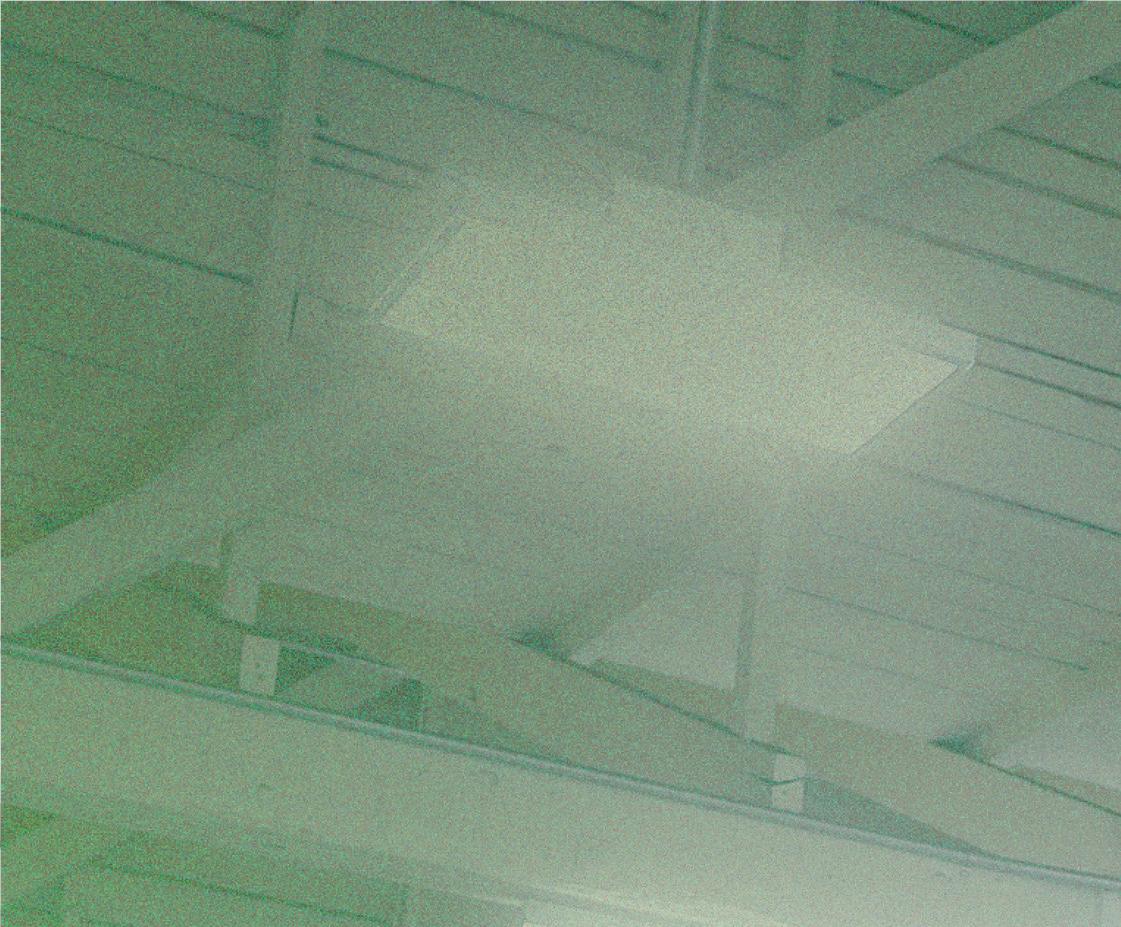


Future






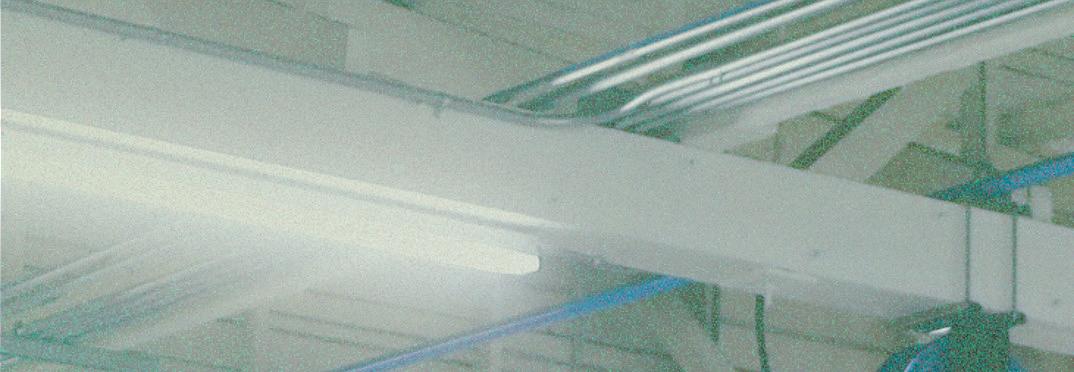
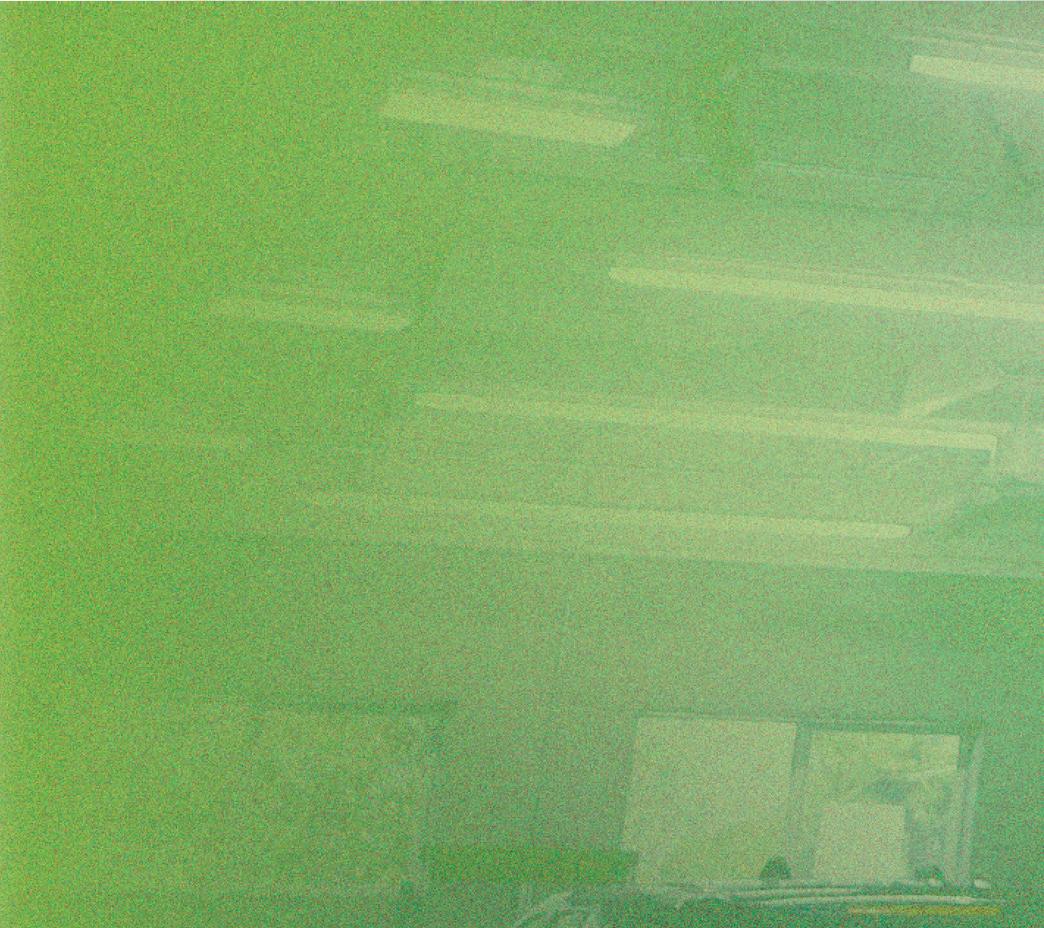
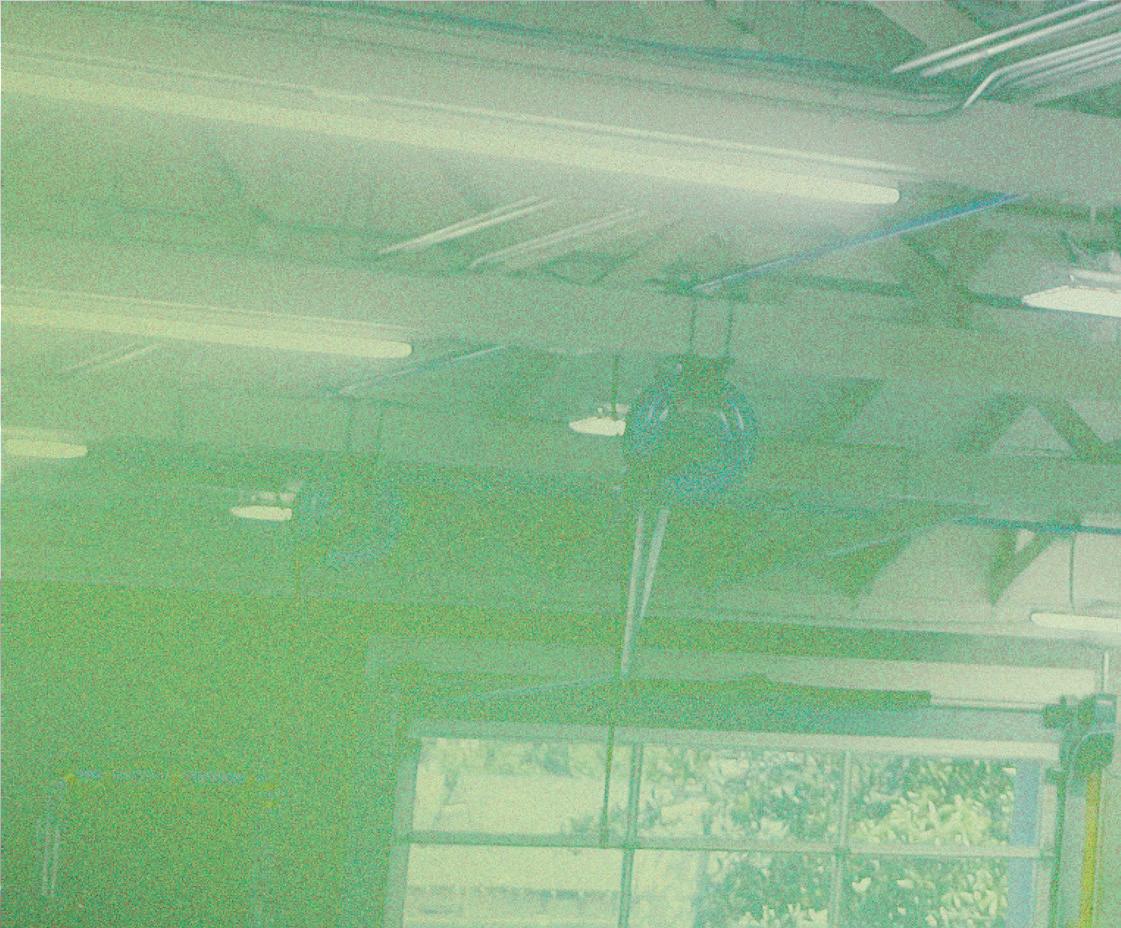
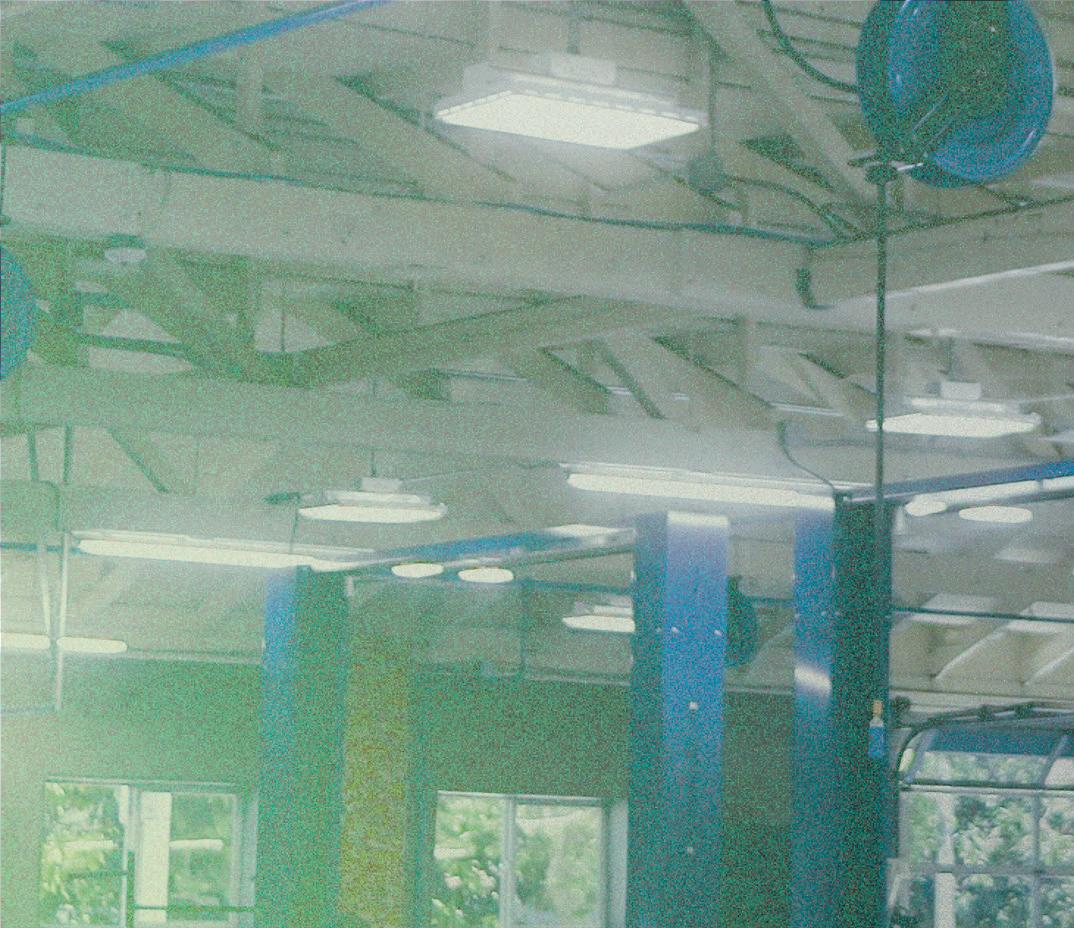
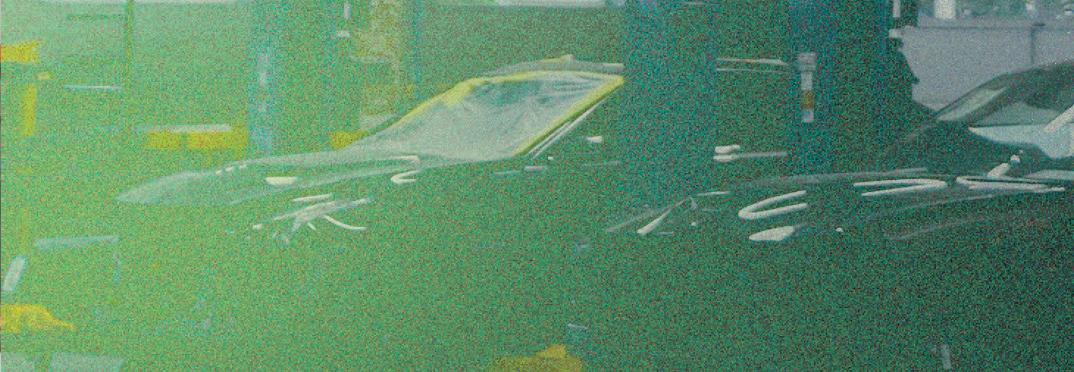

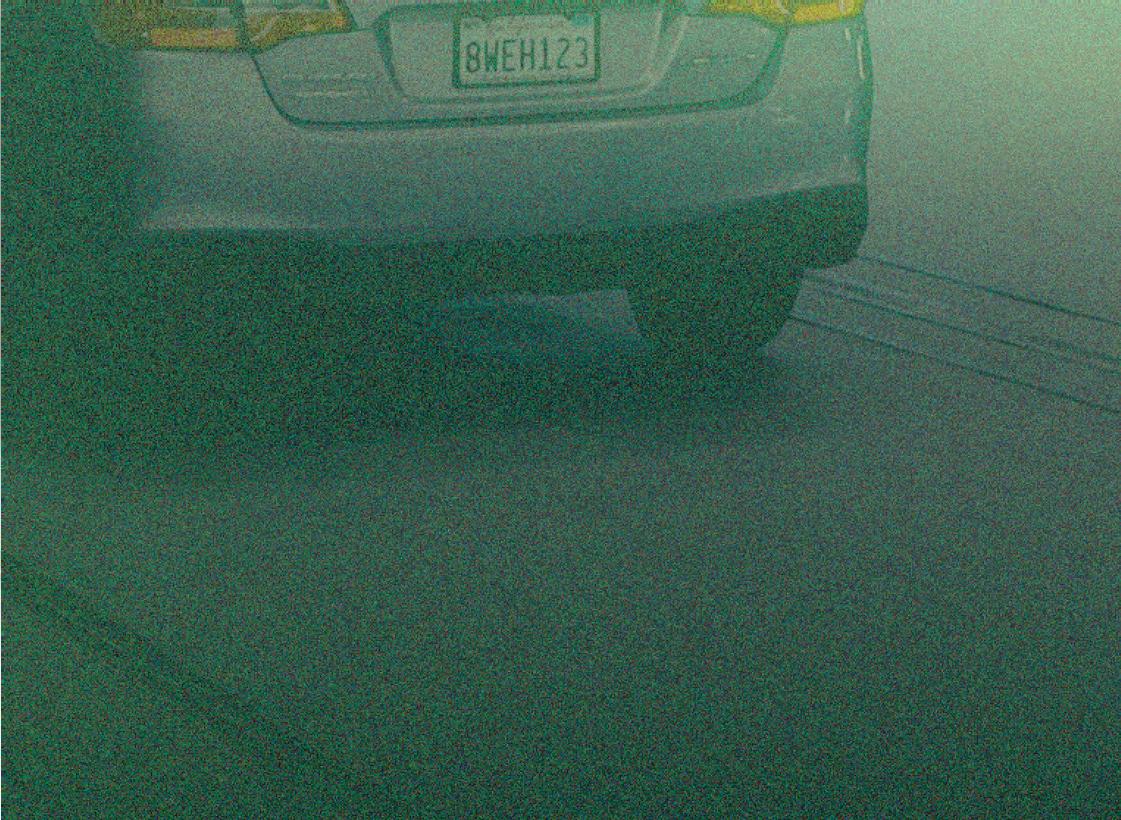

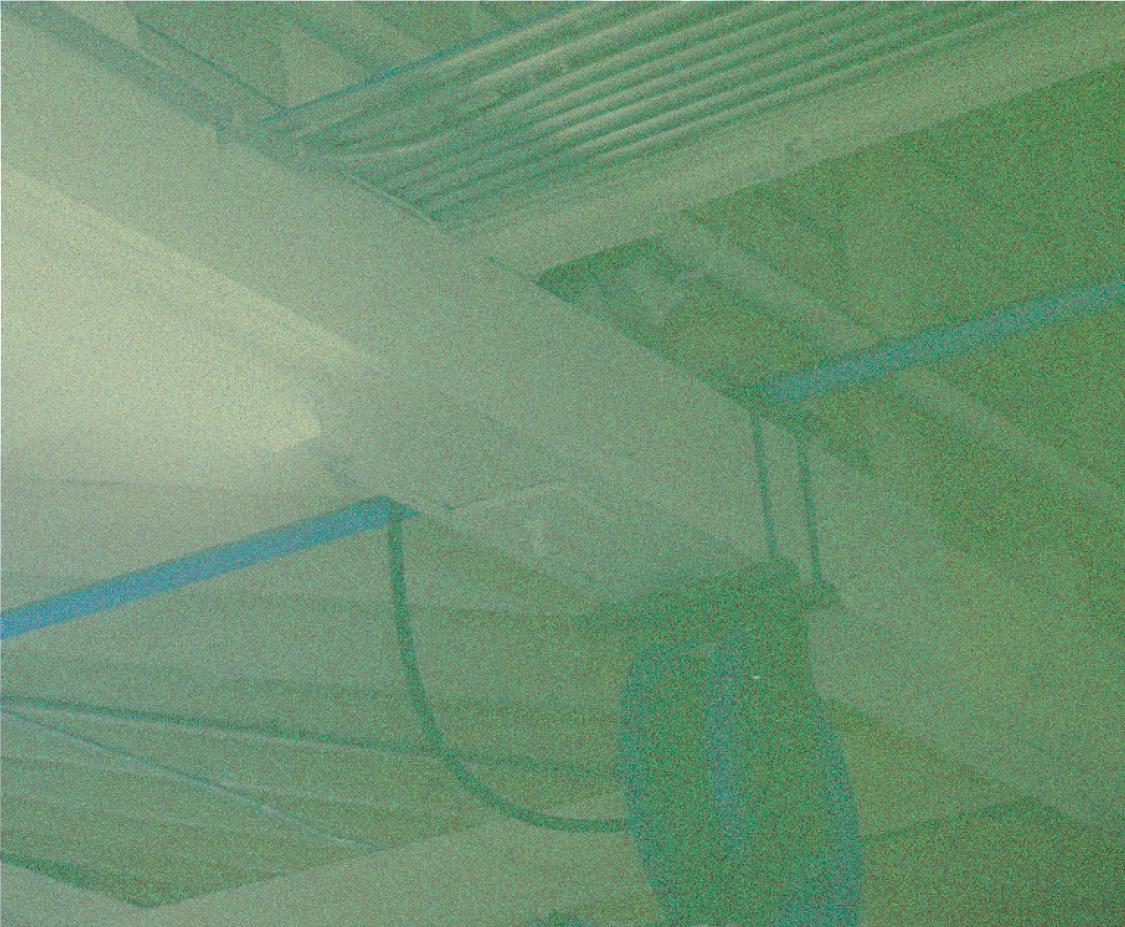

Future




Forward
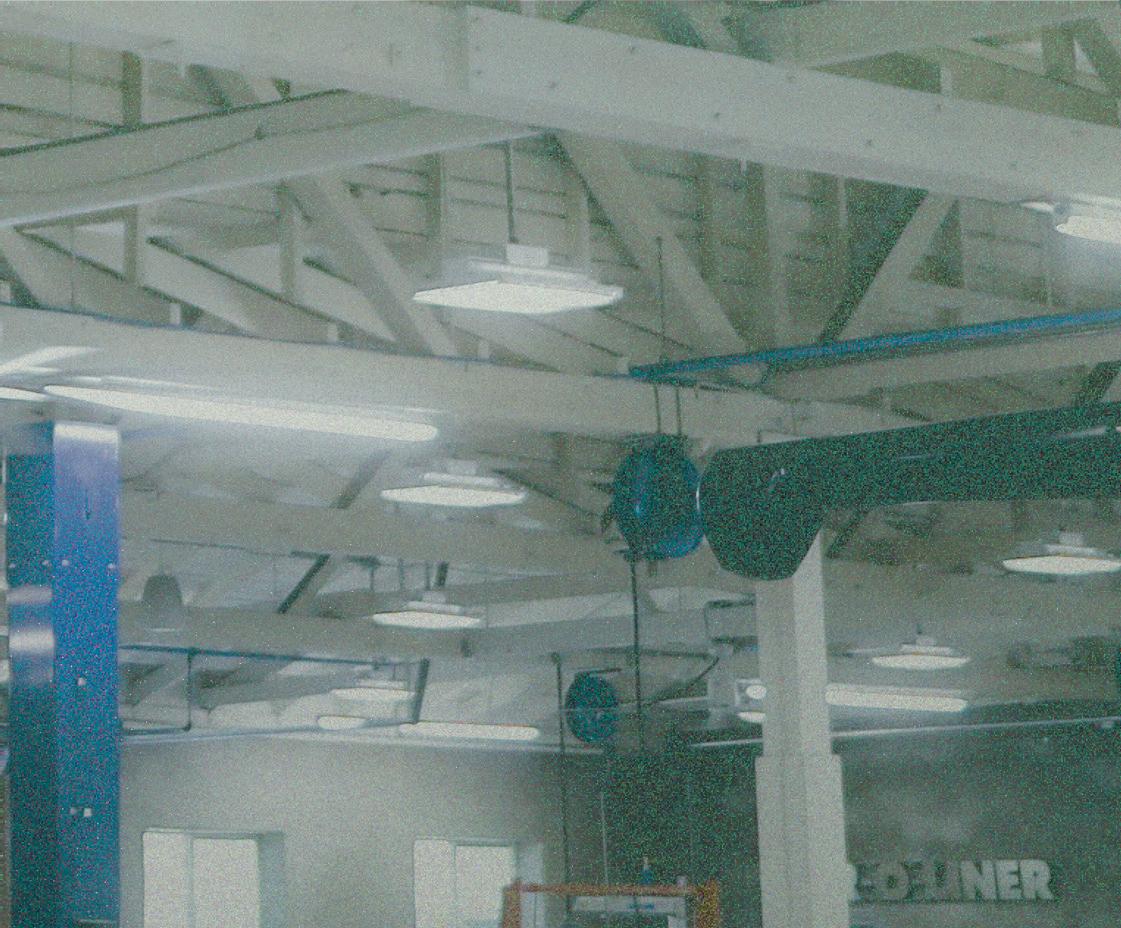

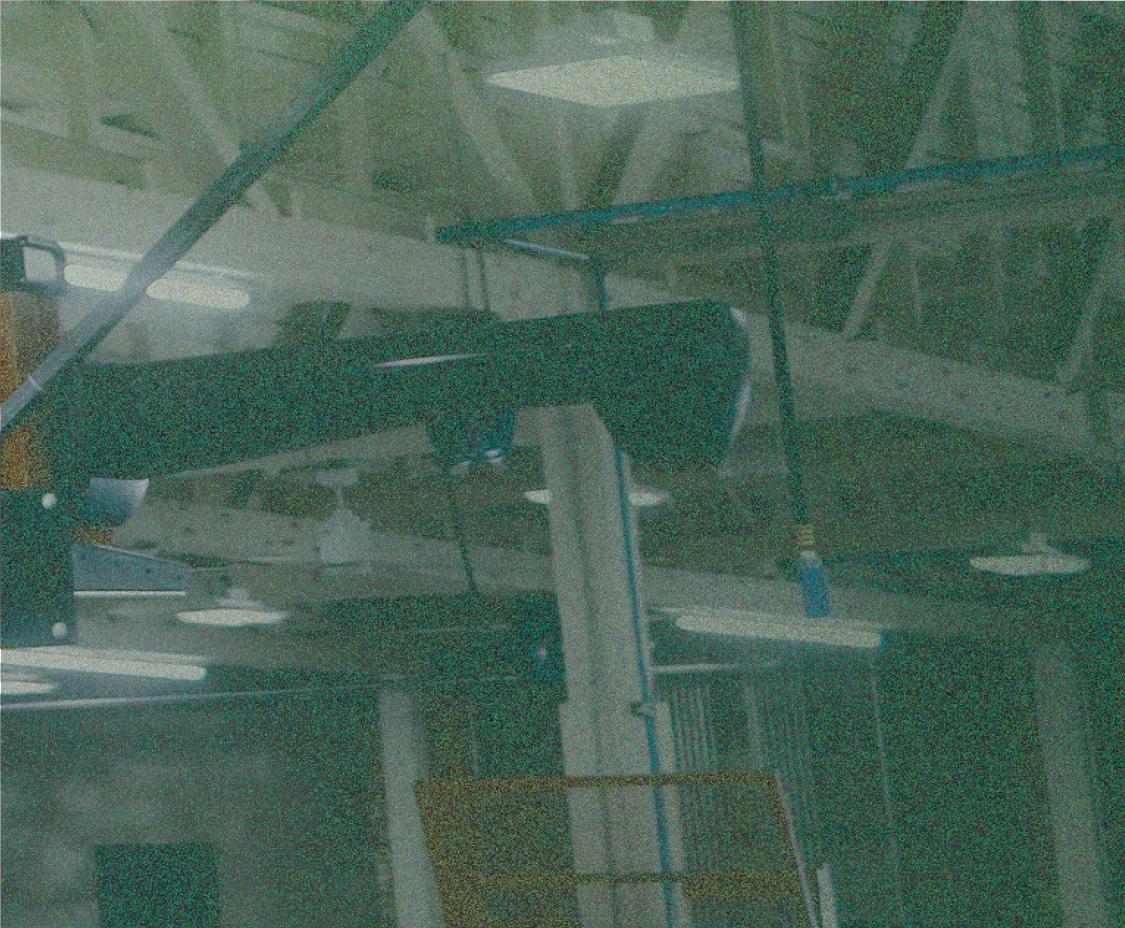

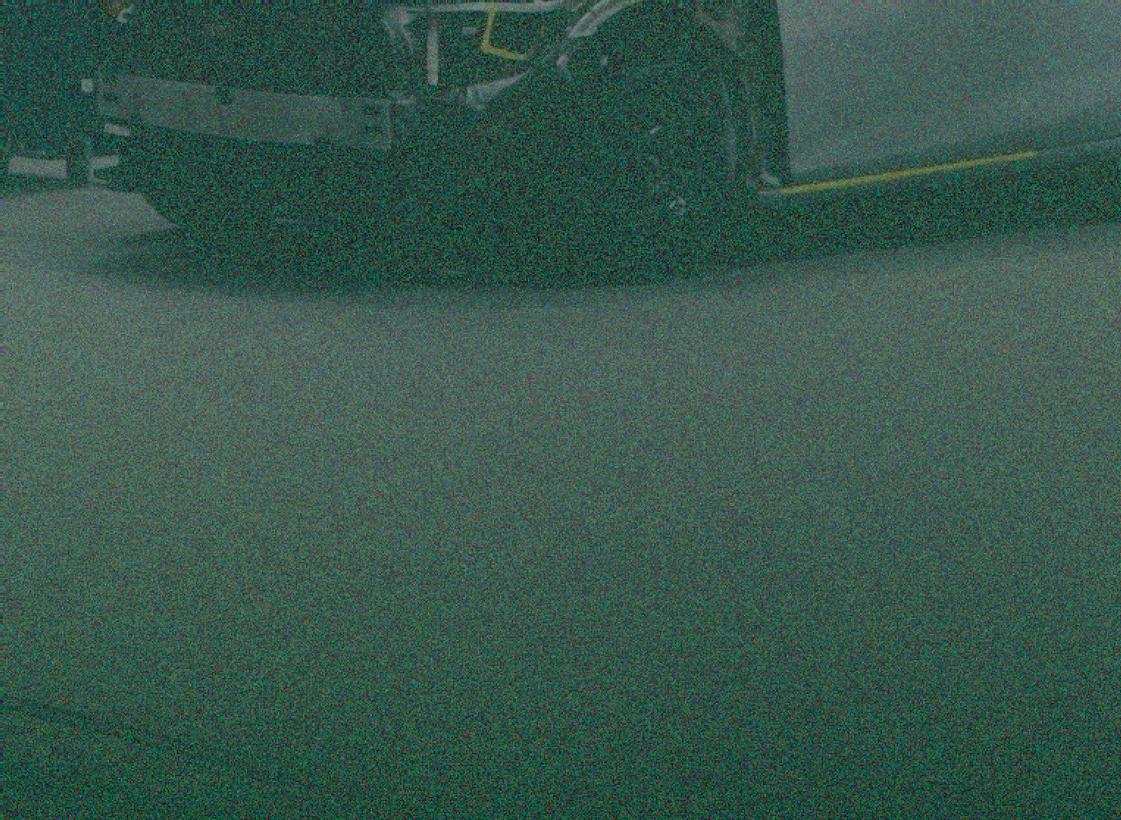
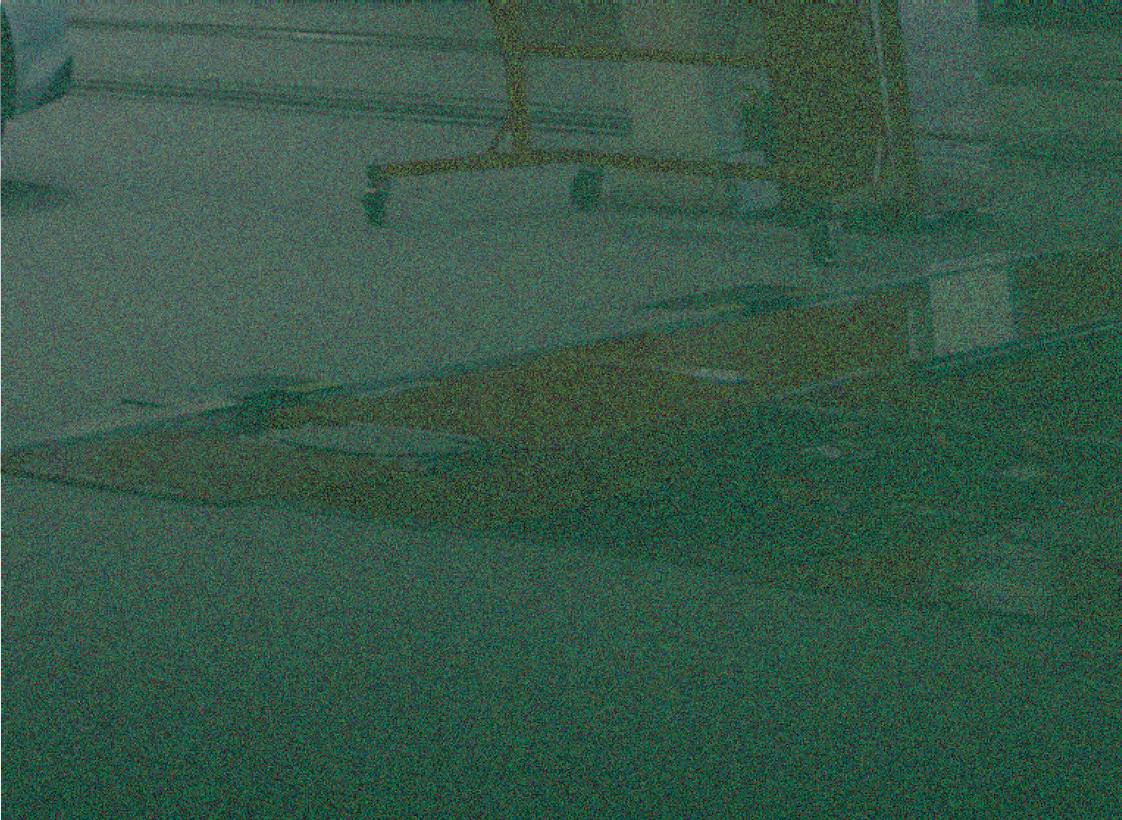








For David Caulfi eld, necessity is always the mother of invention. D avid Caulfi eld was priming a classic car for delivery at Fix Auto Anaheim North, a specialized collision repair center he owns and operates that separates the work performed on lighter hits and heavy-hit vehicles into two buildings, when something underneath the vehicle caught his eye.
Bill Taormina, a long-time, major property owner in Anaheim, was admiring his 1963 Falcon’s new paint job—a oneoff ticket completed by Caulfi eld’s crew for his longtime associate and friend—thinking the car looked perfect when Caulfi eld dropped to the ground and looked up at the car’s rockers. He reached up and pulled off a piece of 3M Scotch tape that at best was the size of a fi ngernail.
“That tiny piece of tape never would have been seen by another human, but that’s a typical case for David,” Taormina says. “He has this almost savant ability that’s far and above any body-shop owner or entrepreneur that I’ve ever come across. In my 60 years in business, I’ve dealt with hundreds of entrepreneurs and he sits on the top of that list for integrity, innovative creativeness, and promise-keeping.”
Caulfi eld’s work in the collision repair industry now spans 45 years and in 2018 opened Fix Auto Anaheim North, considered by many to be the industry’s most innovative specialized collision repair center because of its separation of light collision repair work from heavy-hit vehicle repairs.
Caulfi eld also carved out enough time to innovate technology that’s now ubiquitous in the collision repair industry. He’s the founder of UpdatePromise (which he sold to CCC and became CCC UpdatePlus) and web-based application DataSpin for KPI data.
In 2019, he founded Flashback Forward, Inc., a company that designed what may be his crowning tech innovation, for the fi rst quarter of 2022. The initial market target is colliMyQCIQ.com, which gives body shops the ability to quickly sion repair shop owners who are early adopters of technoloview, verify, track, and grade in real-time every step of the gy—those with a heightened awareness of the importance of repair process. standardizing the quality control process and who also have
Sherwin Williams acquired the exclusive reseller and dis- high expectations for CSI scores and standards. tribution rights for MyQCIQ.com in 2020. It is just now be- “My reason for inventing a quality control app was to creing launched in North America as part of Sherwin Williams’ ate a standardization of the QC process in the body shop “Collision Core” suite of cloud-based solutions. MyQCIQ has industry that has been lacking for many years,” Caulfi eld about 50 users as of this writing, and a soft launch is planned says. “QC can be a very emotional process for some, many




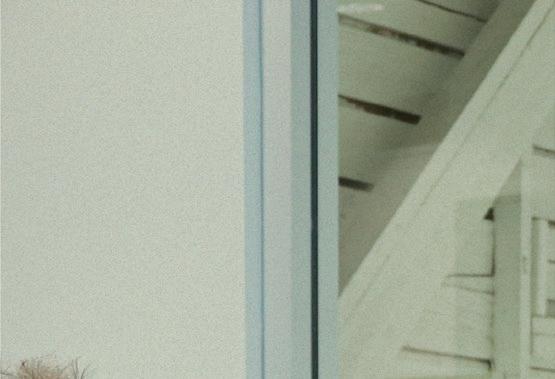
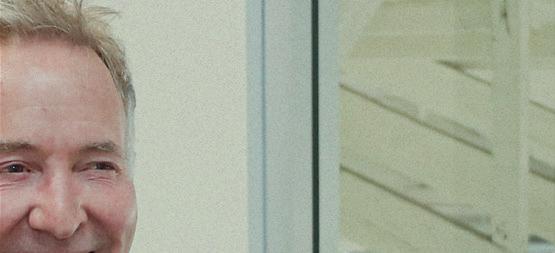
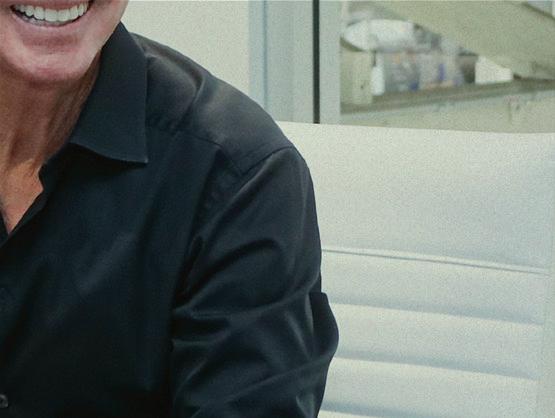










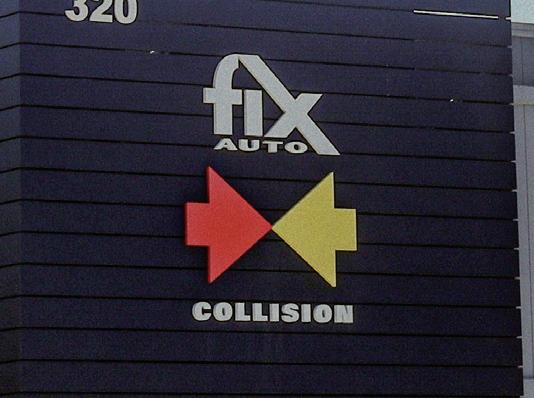

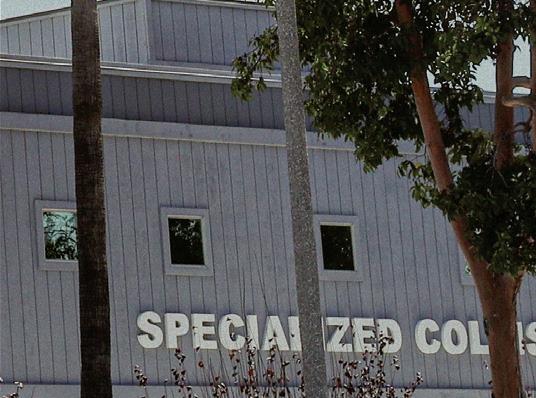
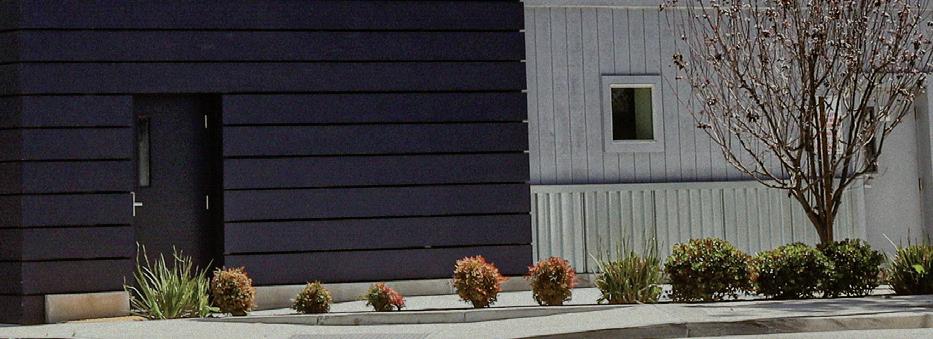

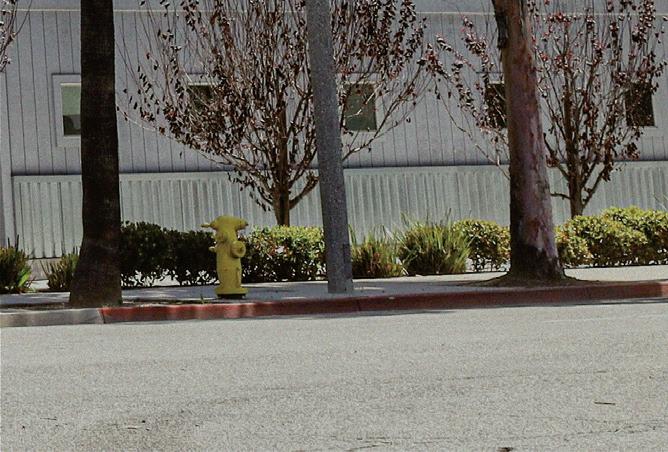

won’t admit it but some do, and I was trying to cure that and create something that measures and grades the quality and existence of products and services that a shop sells, and to be able to satisfy customers with a predicted, perceivedquality outcome. It allows shop owners to present a car and have the customer be wowed by it.”

Technology is the Future of QC



Many collision repair shop owners are wary of technology, a fact of the industry Caulfi eld tried to address with MyQCIQ’s design. Jim Huard, former long-time business partner of Caulfi eld’s and owner of Painters Collision Centers (a two-shop chain with locations in Queen Creek and Chandler, Ariz.), says the app is easy to use and picture-oriented, allowing his employees to take a photo of a vehicle, circle the sections of it being worked on that require attention, and send it in a matter of seconds to the person in charge of making the correction.
“That way, no one is wasting time walking around looking for someone in the shop,” Huard says. “What you need to communicate is right there and it creates documents that detail the progress from front to end. And it prints out a certifi cate of sorts at the end that shows customers what their vehicle went through during each step of the process.”
Caulfi eld believes the collision repair industry eventually will be 100 percent guided through technology. He says shop owners who still balk at implementing technology into day-to-day business plans may not realize they already heavily rely on tech to provide estimates and for marketing through social media. He says it takes two steps to adopt technology for shop-wide, daily use: No. 1, humbling up to entertaining the idea, and No. 2, demanding it.
Caulfi eld encourages shop owners to take a look at their technology tools and try to see their full potential. A program like Word of Excel, for example, might be used for simple word processing or bookkeeping, but the programs have so many untapped uses for most people. He says it’s like someone who owns a talented dog but just lets it sit around the house all day.
“You can train dogs to grow up and compete in performance arenas, drive sleds, do tricks,” Caulfi eld says. “What I’m getting at is that the dog is the technology and some people choose to use it in its most basic form and never get the pleasures of going that one step further and really understanding and learning and implementing its full capability.”




Customer Service, Cleanliness Remain Key

Caulfi eld loves wowing customers and one way he achieves this is by making cleanliness the number one priority of his shops.
“It’s marketing 101,” he says. “Cleanliness is marketing. It’s customer perception. First impressions. If you have a customer enter your shop and it looks clean and it’s organized, the happiness that individual feels stays with them throughout the repair process and makes for a good state of mind for the consumer. It’s super important to have that diff erentiator between your shop and someone else’s.”
Caulfi eld takes cleanliness so seriously, Chip Foose, former host of the Discovery Channel’s reality TV series “Overhaulin’,” compared Fix Auto Anaheim North’s shop hygiene to that of a hospital.
“He has a Zamboni that cleans the fl oor every day and it’s spotless,” Foose says. “The repair shops are separated in the showroom by glass so customers can see their car being repaired. Parts are kept in a separate area so there is no clutter. Cars are cleaned before they go into the shop. It’s impressive how clean and effi cient he is in everything he does.”
The perception of some consumers that repair shops are bad, even perhaps corrupt, can be an issue for repair shop



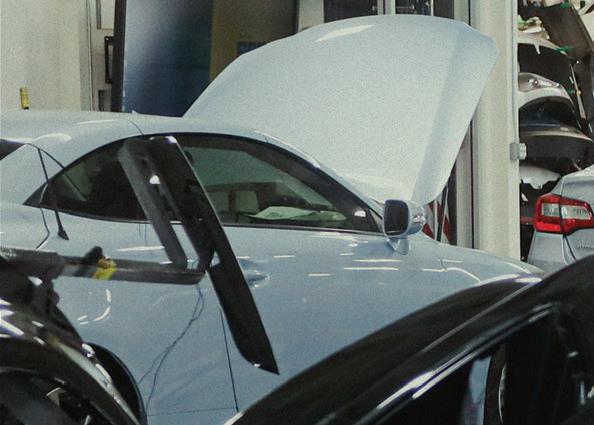
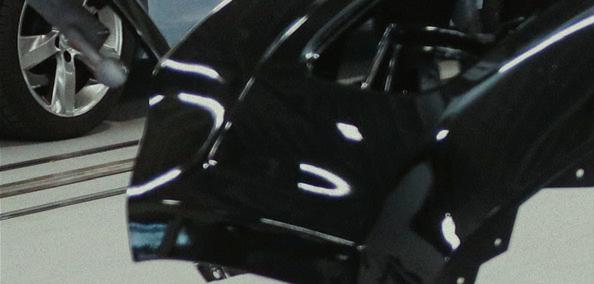
- David Caufeild, Owner, Fix Auto Anaheim North






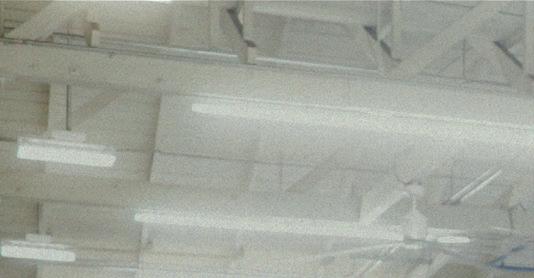
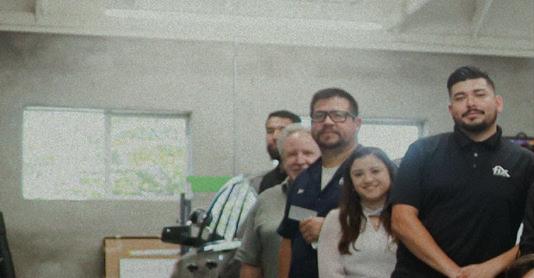

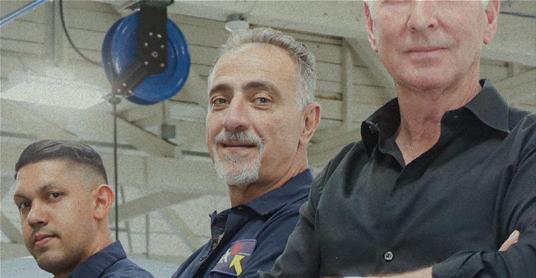
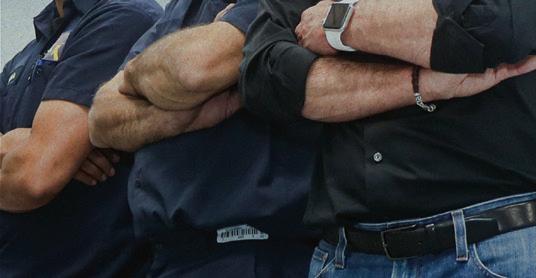



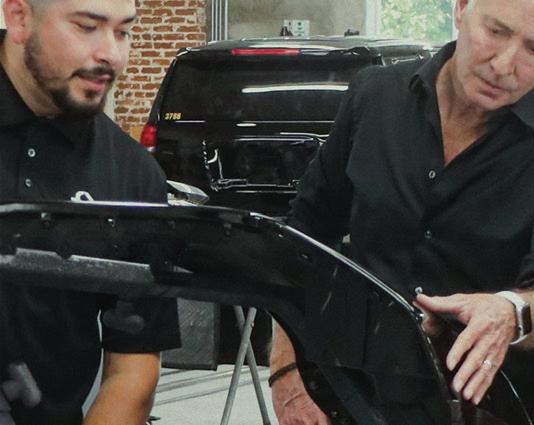
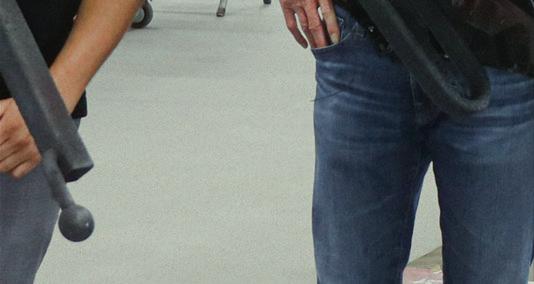
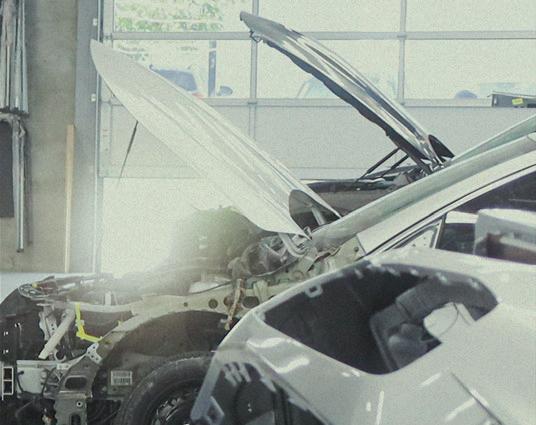
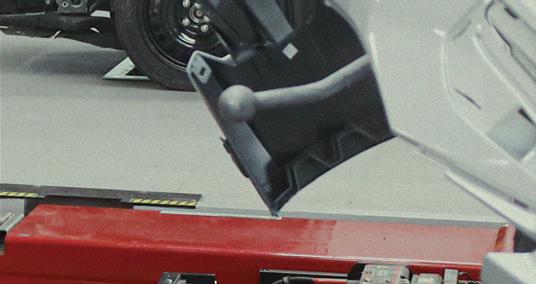


owners. Wherever it comes from, customers who have a bad experience can and do translate that into negative word-ofmouth and online reviews, justifi ed or not.
Overcoming that image again comes down to owners assuring their shop’s image is satisfying to the consumer— from curb appeal to someone’s fi rst approach—from the inside of a shop looking and feeling satisfying to the offi ce and the working area, Caulfi eld says.
“When that is organized and clean and the customer can feel the process happening it puts their mind at ease, and at the end of the day when they pick up their vehicle and it meets their perception of quality, it can all change any negative image they might have had, but it’s going to take the shop owner to make those changes fi rst,” he says. “Then, the consumer will get the message out there that these are good places and safe places. There are always going to be a few outliers but collision repair shops have so much power to change negative perceptions.
“Taking that initiative to do that absolutely leads to a great benefi t, for the business, employees, sustainability, and to insurers looking at shops the same ways as consumers. If you present cleanliness and do right by quality control, the consumer will be more in tune with how they are treated and serviced, and that’s a very good formula for success.”

Changing Roles
AS YOUR MSO GROWS, HOW DOES YOUR ROLE ADAPT WITH IT?
By Daniel Pearson
The role of an owner changes when his or her business continues growing, bringing the opportunity to expand into two or more locations. Owners used to making every decision at a single location now are faced with the prospect of trusting others in decision-making roles they always handled, and that uncertainty often leads to feelings of anxiety. Making the situation worse is that most people in leadership roles just aren’t born leaders.
For many, expansion makes it easy to fall into the trap of micromanaging situations and people, an affliction for both owners and employees—owners who can’t let go of control for fear that anything and everything will go wrong, and the workers who have to deal with a boss who obsesses about their every move—that eventually leads to reduced productivity, resentful employees, and unhappy customers who pick up on the negative culture.
Rick Bisio, the author and founder of The Educated Franchisee, says it’s common for business owners who are used to managing their small companies to feel like they might lose control when their business expands into two or more locations. They have to start trusting others in leadership positions because focusing on minor mistakes—nitpicking—is a behavior that eventually leads to low staff morale, poor decision-making throughout the organization, and high turnover.
“You have to release that decision-making authority that goes with knowing everything that’s going on in your business at every moment once you get into multiple locations,” Bisio says. “At a certain point, you have to allow your managers to make dayto-day decisions and realize they will not always make the same ones you would and be OK with it.”
Recognize the signs. Bisio says business ownership is the art of replacing yourself. Learning to trust, guide, train, and build up your employees leads to freedom, flexibility, and time, and time is the most precious asset a business owner can possess. If you’re unsure if you micromanage your employees, some sure signs to look for are: • You require every process no matter how minor to meet with your approval. • You take things personally when employees question any decision you make. • You take a hands-off approach but obsess over every detail at the last minute and demand changes no matter how difficult it makes life for your workers. • You hurry to fix mistakes that could have been avoided through frequent communication. • You aren’t open to suggestions because you believe the way you’ve always done things is the only way.



